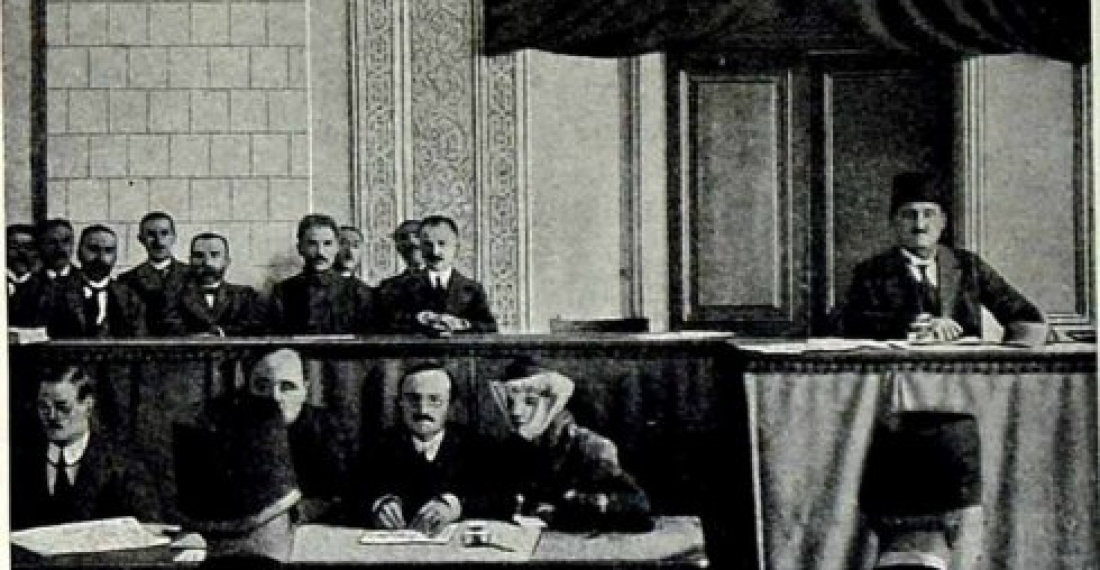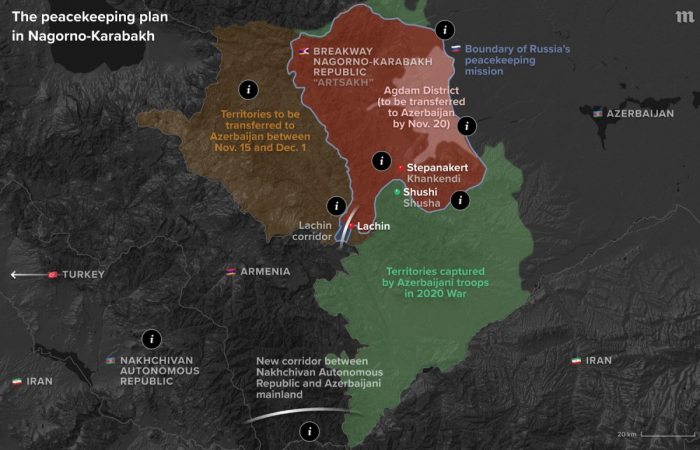Glorious but painful short-lived independence of Armenia, Azerbaijan and Georgia in the early 20th century continues to define the contemporary history of the three countries and the collective memory of the three nations
The three republics of the South Caucasus - Armenia, Azerbaijan and Georgia are celebrating the 99th anniversary of their short-lived independence declared at the end of WW1 in 1918. As the Tsarist Russian empire collapsed following the Bolshevik revolution, and as a wave of nationalist fervour gripped eastern Europe, political leaders in the three countries who had been watching events closely, declared independence.
The South Caucasus was a remote, largely forgotten part of the world. Attempts by the new governments in Armenia, Azerbaijan and Georgia to seek recognition and support from the victorious powers in the Paris Conference, was only partially successful. Not for the first, and not for the last time, the Great Powers were too concerned with viewing the region from the Russian prism. Eventually, having recieved little or no support, the three countries succumbed to pressure from Bolshevick forces, and were eventually absorbed within the Soviet Union. It was only in 1991 that, once more at a moment of difficulty for the Russian state, the three states again pushed for, and succeeded, to regain their independence.
Azerbaijan's independence was declared on 28 May 1918 in Tbilisi, Georgia, since most of Azerbaijan was at this time controlled by Bolsheviks. The declaration took place in the same room where the new Georgian independence was declared two days before, in a building on Rustavelli Avenue. A few days later the government transferred to the north Azerbaijan city of Ganja, and eventually to Baku, where the first session of the new Azerbaijani Parliament was held on 7 December 1918. Mammad Emin Rasulzadeh was the first Chairman of the National Council and is today recognised as the father of the modern Azerbaijani state.
Armenian independence was also declared on the same day. The republic was established in the Armenian-populated territories of the disintegrated Russian Empire, known as Eastern Armenia or Russian Armenia. The leaders of the government came mostly from the Armenian Revolutionary Federation (ARF or Dashnaktsutyun).
Georgia delcared its independence two days before the two others, on 26 May 1918. On May 26, 1918. The provisional government of Georgia was chaired by Noe Ramishvili and then by Noe Zhordania. The Parliament of Georgia was formally convened on October 8, 1918, and Karlo Chkheidze became its new chairman.
From the very early days of their independence the three republics were plagued by domestic turmoil and external pressures. But it was the fact that the three had territorial disputes with each other and with their neighbours that was their biggest problem. The Great Powers in the Paris Conference, whilst granting the three states de facto recognition, were hesitant to recognise them formally due partly to the problem of the unresolved borders. The leaders of the three republics did not immediately recognise the danger of this, and Bolshevik forces were subsequently able to overthrow the nationalist governments and arrange for the republics annexation within the Soviet Union.
The short, glorious but painful history of the 1918 independence of Armenia, Azerbaijan and Georgia continues to define the contemporary history of the three states and impact the collective memory of the three nations. As the three countries prepare to celebrate the centenary of these events next year this is a good time for them to learn from the factual lessons of this history in order that they may consolidate their present day sovereignity.
The editorial team of Commonspace.eu wishes happy independence day to the people of Armenia, Azerbaijan and Georgia
source: commonspace.eu
photo: The first session of the Parliament of Azerbaijan, held in Baku on 7 December 1918.






